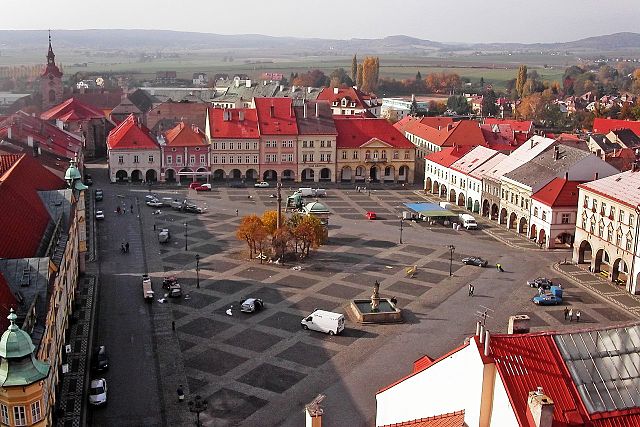
Homo sapiens are often obsessed with skylines (or city views), whether it is Shangai, New York City, London etc. But it is nothing but a mere evolutionary adaptation (a mating place) of how to spread your selfish genes.
Of course, you can have a bond between your birthplace and so on. However, evolutionary fitness attraction remains a massive reason why to love city views.
Humans have evolved to thrive in social groups, and cities represent a manifestation of our innate need for social connection and community.
Cities serve as hubs for the distribution and exchange of resources, goods, and services. This facilitates specialization, trade, and economic productivity, which are essential for human survival and prosperity.
In ancestral environments, individuals relied on cooperation and trade within social groups to access resources and meet their needs. Cities extend this principle on a larger scale.
Urban environments offer advantages in terms of safety and security compared to more isolated or rural settings. Concentrated populations provide opportunities for collective defense against external threats and predators. People are also closer to action.
Not only a great opportunity but a great mating place
And here we go. The most important thing is to select your mating partner, thereby reproducing, and replicating your selfish genes.
Reproductive success, sexual selection (a concept proposed by Charles Darwin), highlights the role of mate choice and competition in shaping traits and behaviors related to reproduction.
Evolutionary processes have shaped human mate preferences to prioritize characteristics that enhance reproductive success, such as fertility, health, and parental investment.
Intrasexual competition refers to competition among individuals of the same sex for access to mates of the opposite sex. This competition may involve displays of strength, dominance, or resource acquisition to outcompete rivals and secure mating opportunities. Mate competition also encompasses mate guarding, jealousy, and strategies to prevent rivals from mating with desired partners, reflecting the importance of reproductive success in evolutionary terms.
The closer the downtown, the better it is

Now we have a relict of our evolutionary equipment. Because the closer we are to the mating place, the better off.
So people live in inner London, Time Square, or Jičín’s historical town.
I find it utterly funny that real estate money skyrockets just by primitive evolutionary instincts.
Urban centers often serve as symbols of economic prosperity, social status, and prestige. Living closer to the city’s or town’s center may be associated with higher social status. But also a proximity to influential institutions, and access to elite social networks.
Evolutionarily, social status has been linked to reproductive success and access to resources. Living in close proximity to centers of power and influence may confer advantages in terms of social recognition and mate attraction.
Living closer to the city or town center may offer a sense of safety and protection from external threats or emergencies.
In prehistoric instincts, it also served as social bonding and access to scarce resources.
Mating place? Staring at your city next time?
So next time you view a wonderful city’s skyline or just a plain view, think about how rationally senseless is it.
If it satisfies you, I have no problem with it, but you must be aware it is the same mechanism as being attracted to a rarely beautiful mating partner, buying a new luxurious car, gaining scarce resources, enhancing your social status, competing for jobs – just basically staring at a mating place that let you to gain evolutionary fitness.
Leave a Reply